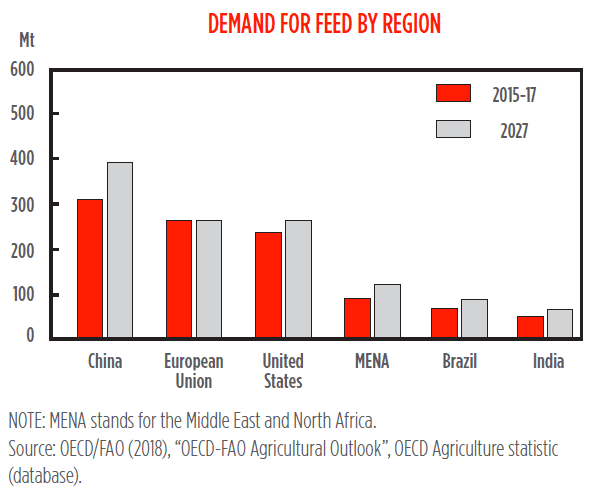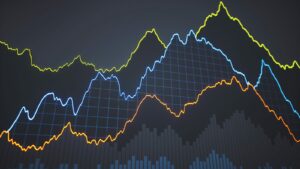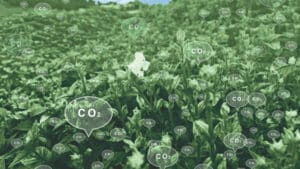Looking to the future causes anxiety about the economy, but do we really need to worry?
What will the seed industry look like in 10 years? Will growers want more wheat in 2028, or will corn still reign supreme? Will CRISPR be a major player in plant breeding?
It might be difficult to picture what will be happening within the next decade to our industry, but the Organisation for Economic Co-operation and Development (OECD) and the Food and Agriculture Organization of the United Nations (FAO) have taken up the challenge to project the future outlook for agriculture.
This spring, OECD and FAO released a collaborative report called the “Agricultural Outlook 2018-2027.” In short, the report provides an assessment of the 10-year prospects for agriculture and fish commodity markets at national, regional and global levels. The report covers crops from cereals to oilseeds and markets from meat to dairy to determine what the population will need during that time.
One way the authors of this report form their ideas is by looking at the past 10 years: agriculture has seen a strong increase in demand, particularly in animal feed and biofuels markets due to the decrease in food consumption.
However, that trend upward can’t last forever.
“The hike in world prices of basic grain and oilseed that culminated a few years ago has finally worn out,” says Dan Sumner, director of agricultural issues at the University of California, Davis. “We may be back on track for the previous long gradual decline in farm prices, as technology growth was faster than demand growth.”
Growth rates of cereals, meat, fish and vegetable oil are expected to be half the rate of the previous decade.
But why are economists calling for a decline in prices?
According to the report, the global population growth rate is expected to fall from 1.1 per cent at present to 0.9 per cent in 2017. Most of the projected population growth will stem from sub-Saharan Africa and India.
“Population growth in sub-Saharan Africa is accelerating in absolute terms: while the region’s population increased by 27 million in 2017, this rate will increase to 32 million extra people per year in 2027,” report the authors.
Population growth is the key to understanding the potential demand for cereals.
“Globally, per capita, cereals consumption increases by less than 2 per cent over the coming decade,” the report notes. “This slow growth is explained in large part due to the near-saturation level of cereals consumption in many regions across the world. Per capita food consumption of cereals is expected to grow only in low-income regions such as sub-Saharan Africa.”
Without increased cereal consumption globally, prices are expected to fall.
Changing Food Pattern
Along with population growth, global income plays a large part in the future of agriculture due to changes in food demand.
“Notice with grain and oilseed prices getting back to normal, increased per capita quantities of livestock products will rise,” Sumner says. “This hinges on the demand growing in Africa and Asia, while Europe and much of the Americas will reduce per capita consumption of pork and beef.”
Certain countries, such as China, are experiencing a rising income which changes their food buying pattern. Instead of buying more cereals and grains, there’s an increased demand for meat and fish. Meanwhile, sub- Saharan Africa and India will account for a large share of the demand for cereals.
However, it’s important to note that high growth in average incomes doesn’t mean that poorer households will have an income growth. Per capita food demand in sub-Saharan Africa is expected to remain at relatively low levels, the authors note.
Another factor contributing to demand is non-food uses of agricultural goods, particularly that of animal feed and fuel.
“With the population growth slowing rapidly, it was the boom in using grains, sugar and oilseeds as transport fuel that was behind much of the run-up in prices during the past decade,” Sumner says.
“Non-food uses, particularly feed and fuel, are important for several agricultural commodities, and often show faster growth rates than food demand,” the authors say. “In the case of feed, this will remain true in the coming decade. Biofuels by contrast were a major factor stimulating demand for agricultural commodities in the past decade, but growth is slowing down in the coming decade.”
So Now What?
With these projections in mind, is there any way that the seed industry can prepare?
“The projections are business as usual,” says Sumner. “Maybe the biofuels subsidies and mandates will back off more quickly than they think. Maybe China will grow more slowly, maybe India will adopt more open trade policy and grow more rapidly, maybe more places in Africa will reduce conflicts and begin to take off rapidly. All of these changes in big places would affect the global path of production, consumption and prices.”
There are a lot of things that can happen within the next decade, Sumner adds. But even with all the “what-ifs,” it’s important to be prepared and keep up with the projections for the future of agriculture.














